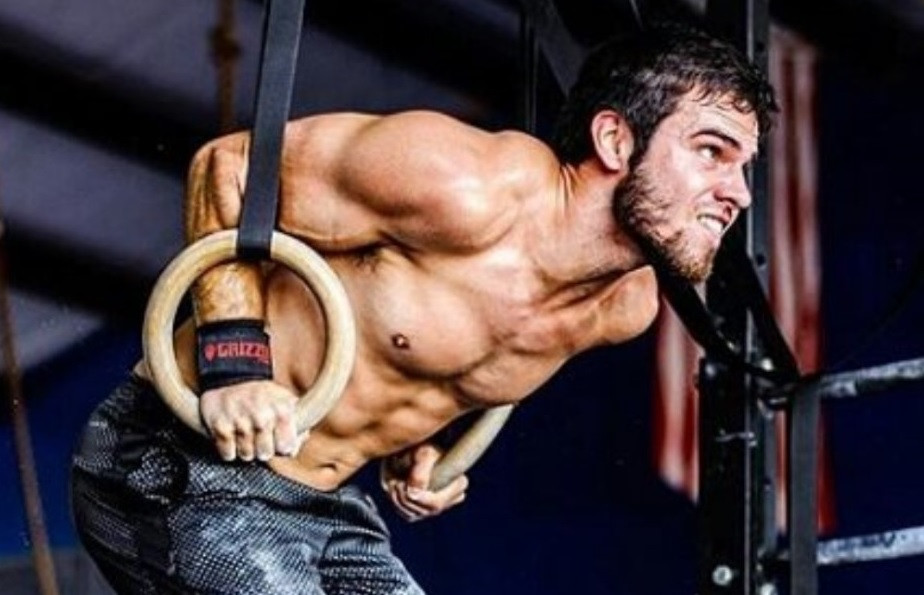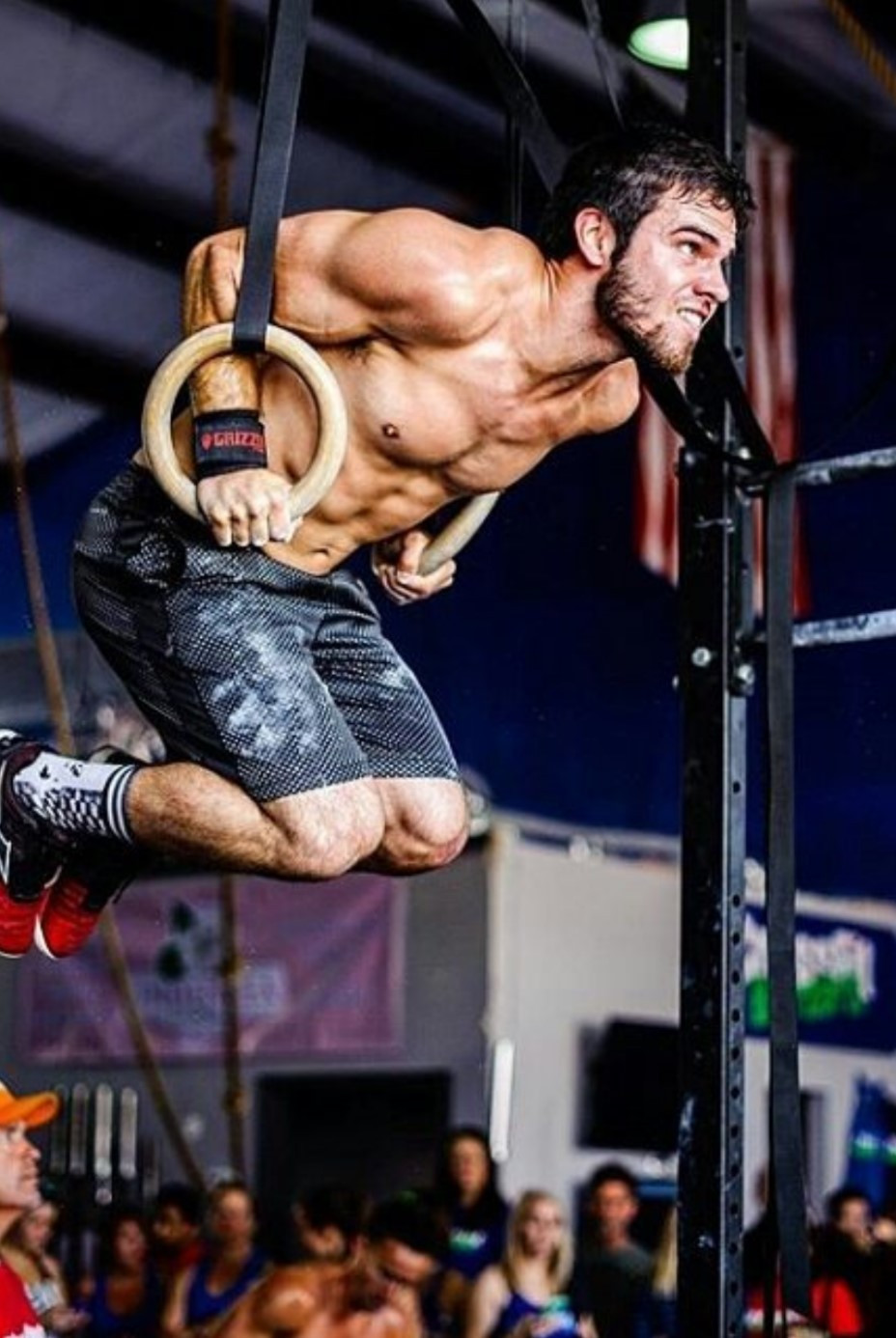MMA: Mixed Martial Arts or Gym Membership?

At its core, jiu-jitsu is about efficiency in technique and energy conservation. Rather than trying to simply overpower an opponent, jiu-jitsu fighters typically use as little energy as possible and only strike when they know they can subdue their opponent. In some cases, having the patience to make a move can be a test in endurance as one methodically erodes an opponent’s stamina and waits for them to make a mistake. For people who do not have the advantage of size or strength, jiu-jitsu gives them the tools to level the playing field.
While energy conservation and efficiency of movement can keep you from becoming exhausted before your opponent in a lot of cases, especially if you’ve trained for many years, this strategy is not a silver bullet. Consequently, jiu-jitsu fighters typically spend years conditioning themselves and getting into peak physical shape in addition to learning technique.
Do I Need to Be in Good Shape to Train Jiu-Jitsu?

The short answer is no. People of all age groups, all backgrounds, and all levels of athleticism can start training jiu-jitsu. Virtually anyone reading this could walk into a nearby jiu-jitsu gym and start training tomorrow.
That said, people who are out of shape will find the first weeks or month more physically taxing than someone who has followed a fitness regimen for years. Moreover, many people find that beginning their jiu-jitsu journey encourages them to make healthier life decisions. They can feel how habits like smoking, drinking to excess, and eating heavily processed foods make them feel worse during and after jiu-jitsu, and that replacing these habits with healthier ones makes them both feel better and excel in jiu-jitsu class. As a result, many people who are new to jiu-jitsu not only begin looking for other ways to condition, but often make major lifestyle changes, too.
Fitness as a Compliment to Your Martial Art Goal
To reiterate: You do not need to be in good shape to start training jiu-jitsu, but many people find that supplementing their training with additional days at the gym can aid them in their goals. This is true of younger people who want to become serious fighters, as well as people of all ages who want to learn the basics of self-defense and to get in better shape.
“I think fitness needs to complementary to martial arts,” Firas Zahabi says in the below video. Firas is a world-renowned martial arts coach based at Tristar Gym in Montreal. He also notes that the type of fitness routine you decide to follow should fit your goals. A 17-year-old white belt who hopes to eventually become a sport jiu-jitsu champion is going to train in a way that is far different from a relatively unathletic 35-year-old white belt who just wants to be prepared for a fight scenario. Consequently, the training schedules for these two people are going to look very different.
The 35-year-old may only have time to come to jiu-jitsu class two or three times per week but may have the ability to lift weights at home or do a cardio workout an additional two or three times per week. If their goal is learning some self-defense basics, shedding a few pounds, and building muscle mass, this will be more than enough to reach that goal.
For the younger person who hopes to become a champion MMA fighter, their exercise routine is going to be far more intensive and far more focused on jiu-jitsu. As Firas says, rolling in jiu-jitsu class isn’t just about learning new techniques or devising new strategies; it’s about developing muscle memory, and developing muscle memory means repetition. Consequently, Firas argues that people who are training to become elite martial arts fighters should train jiu-jitsu six days a week, and then do a less intensive strength training or conditioning session afterwards. While some may counter that fighters should develop more athleticism by splitting their weeks evenly between workout days and martial arts day ( training jiu-jitsu three days, hitting the weight room three days, and using the seventh day for rest), Firas argues that the additional repetitions on the mat will make one a better fighter than extra days in the weight room. After all, in just a few years those additional days will translate into thousands of reps.
Taking the First Step
Of course, jiu-jitsu is not just for people who are training to be professional fighters and for many people just the idea of spending six days working out sounds exhausting. However, having a reason to get in shape that goes beyond wanting to lose a few vanity pounds—and is instead based on one’s desire to improve as a fighter—oftentimes encourages people to push themselves. If you need that extra push, taking a few self-defense classes at your local jiu-jitsu gym is often all you need.

